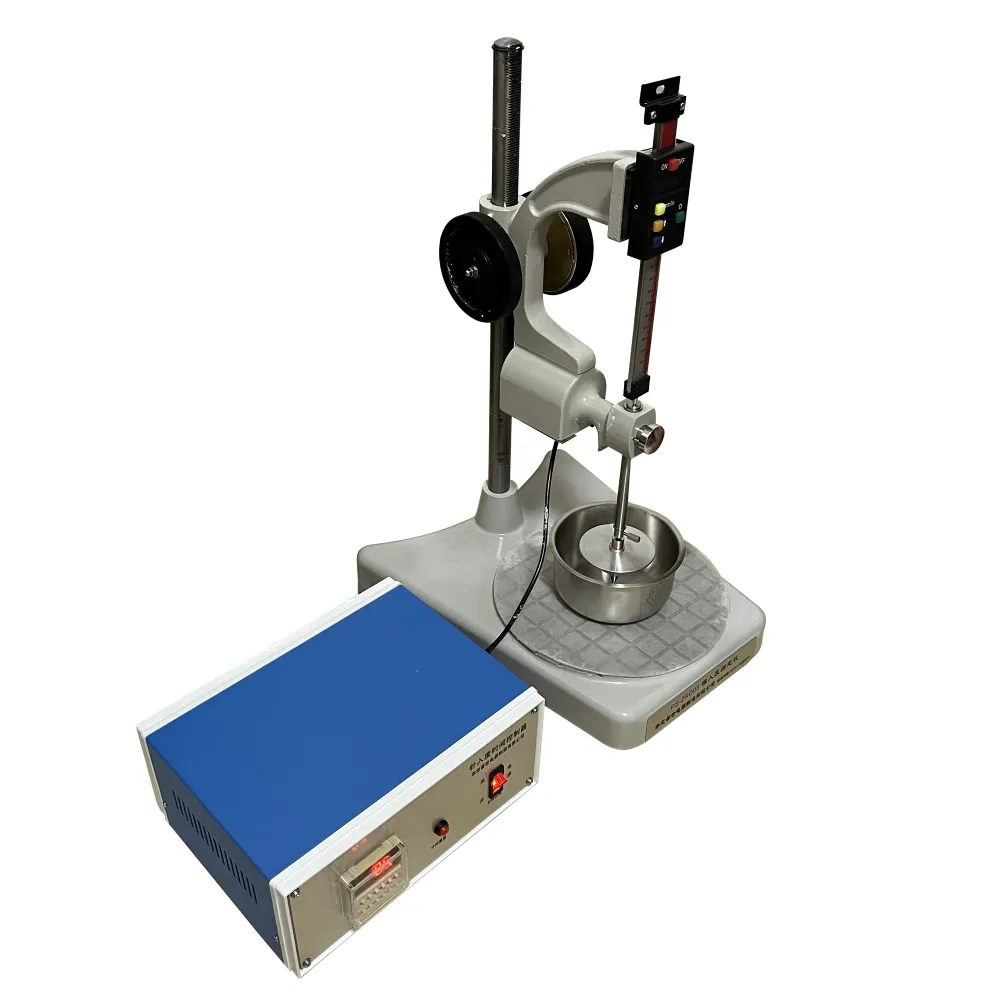 English
English


Understanding the Short Circuit Impedance Characteristics of Transformers for Better Performance Analysis
Short Circuit Impedance of Transformers
The short circuit impedance of a transformer is a critical parameter that plays a significant role in understanding the transformer's performance, particularly in fault conditions. Short circuit impedance, often referred to as the Z value, represents the impedance faced by the current when a short circuit occurs at the secondary side of the transformer. This impedance is a combination of both resistance and reactance and is usually expressed in per unit or ohms. Understanding this concept is fundamental for engineers involved in power systems and transformer design.
When a short circuit occurs, the current through the transformer experiences a drastic increase due to the collapse of voltage at the secondary terminals. The short circuit impedance helps determine the maximum fault current that the transformer can output under such conditions. This value is crucial for the design of protective devices such as circuit breakers and fuses, which need to interrupt a fault in a timely manner to prevent damage to electrical equipment and ensure system stability.
Measurement of Short Circuit Impedance
To measure the short circuit impedance of a transformer, a straightforward test can be performed. The transformer is closed off at the secondary side while the primary is connected to a power source. By applying voltage to the primary, the current flow is measured under short-circuit conditions. The voltage applied is generally kept low enough to prevent overheating and damage to the transformer. The ratio of the applied voltage to the current recorded during this test yields the short circuit impedance. Usually, this testing procedure is referred to as the “short circuit test” and is performed routinely for new transformers or during maintenance checks.
Factors Influencing Short Circuit Impedance
Several factors influence the short circuit impedance of a transformer
short circuit impedance of transformer

2. Winding Configuration The configuration, such as delta or wye (star), directly impacts the reactance components of the impedance.
3. Core Material Different core materials have varying magnetic properties that contribute to the transformer’s inductance and, consequently, its impedance.
4. Transformer Rating The size and power rating of the transformer also dictate its inherent impedance values. Larger transformers typically exhibit lower impedance due to their construction.
5. Frequency The operating frequency impacts the reactance, which is frequency-dependent. This means that the short circuit impedance may change if the transformer operates at a different frequency than that for which it was designed.
Importance of Short Circuit Impedance
Understanding the short circuit impedance of a transformer is vital for several reasons. It assists engineers in calculating the expected fault currents that may occur in the system, facilitating the selection and sizing of protective devices. Moreover, it informs the design of the transformer cooling systems, helping to manage the thermal effects during fault conditions. Additionally, knowledge of the short circuit impedance is essential for ensuring compliance with industry standards and regulations regarding power systems.
In summary, short circuit impedance is an essential characteristic of transformers that not only influences their operational efficiency but also plays a significant role in the safety and reliability of electrical systems. Proper measurement and understanding of this parameter can help prevent catastrophic failures and ensure the longevity of transformer installations in power networks. As such, the short circuit impedance remains a focal point for transformer design, operation, and maintenance within the electrical engineering field.
-
Differences between open cup flash point tester and closed cup flash point testerNewsOct.31,2024
-
The Reliable Load Tap ChangerNewsOct.23,2024
-
The Essential Guide to Hipot TestersNewsOct.23,2024
-
The Digital Insulation TesterNewsOct.23,2024
-
The Best Earth Loop Impedance Tester for SaleNewsOct.23,2024
-
Tan Delta Tester--The Essential Tool for Electrical Insulation TestingNewsOct.23,2024





